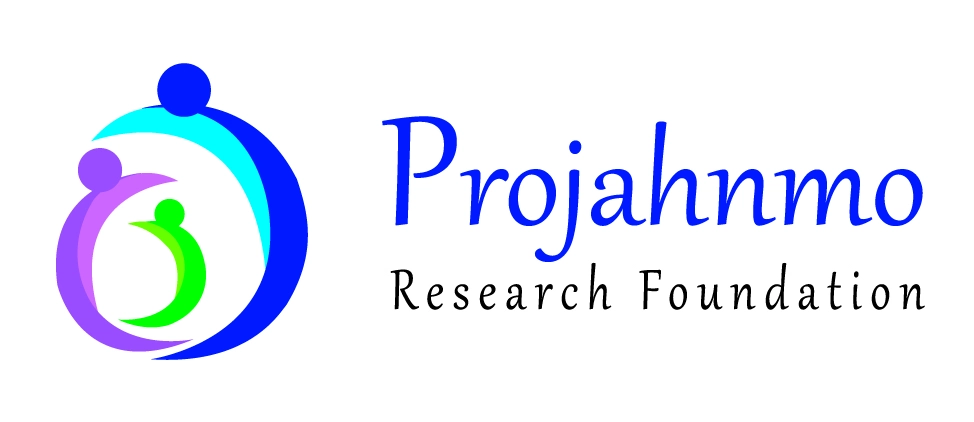
Implementation Research to Scale-up and Evaluate the Impact of Antenatal Corticosteroids on Preterm Newborn Outcomes
Study Period: January 2023 to June 2027
Doner Name: Bill and Melinda Gates Foundation (BMGF) through World Health Organization (WHO).
Project Description:
Background: Worldwide, preterm birth is the primary cause of death, illness, and permanent disability in children under the age of five. One of the key therapies for lowering the negative effects of preterm birth is antenatal corticosteroids (ACS). Although ACS coverage in preterm labor is high (>90%) in high-income countries, it is still inadequate in many low- and middle-income countries (LMICs). The new findings of ACTION-I Trial – the largest placebo-controlled trial on ACS efficacy and safety to date – are reassuring. However, effective translation of these findings into routine practice in low-resource countries requires several safeguards to ensure ACS is used safely.
Objective:
• To develop and optimize an implementation model that can achieve high coverage of safe ACS use through iterative cycles of formative research, implementation, concurrent program learning, and outcome measurement in one health administrative area (district) in each country.
• To scale up the above optimized ACS implementation model to six health administrative areas (districts) and evaluate the impact of the scale-up on neonatal mortality. Method: This a multi-country implementation research study coordinated by WHO. During the model's deployment and optimization, a time series design will be used to assess changes in coverage, safety, and process outcomes. A 70% safe ACS coverage rate in the ACS-implementing facilities will be considered to be the "ideal" ACS implementation approach. All ACS-implementing facilities will provide data on a quarterly basis for this study. The optimization of the ACS implementation model is expected to take roughly a year, during which time we anticipate an increasing trend in the ACS safe coverage metric, a sign of progress in the implementation. The impact of the model's optimization on coverage will be compared using a before-and-after analysis. Using a stepped-wedge, cluster-randomized trial, the optimized implementation model will be expanded to six networks of care (districts) across the nation. In order to scale up the ACS implementation paradigm, nurse-midwifery/obstetric teams will need to be more proficient in identifying the "appropriate" women for the ACS intervention
